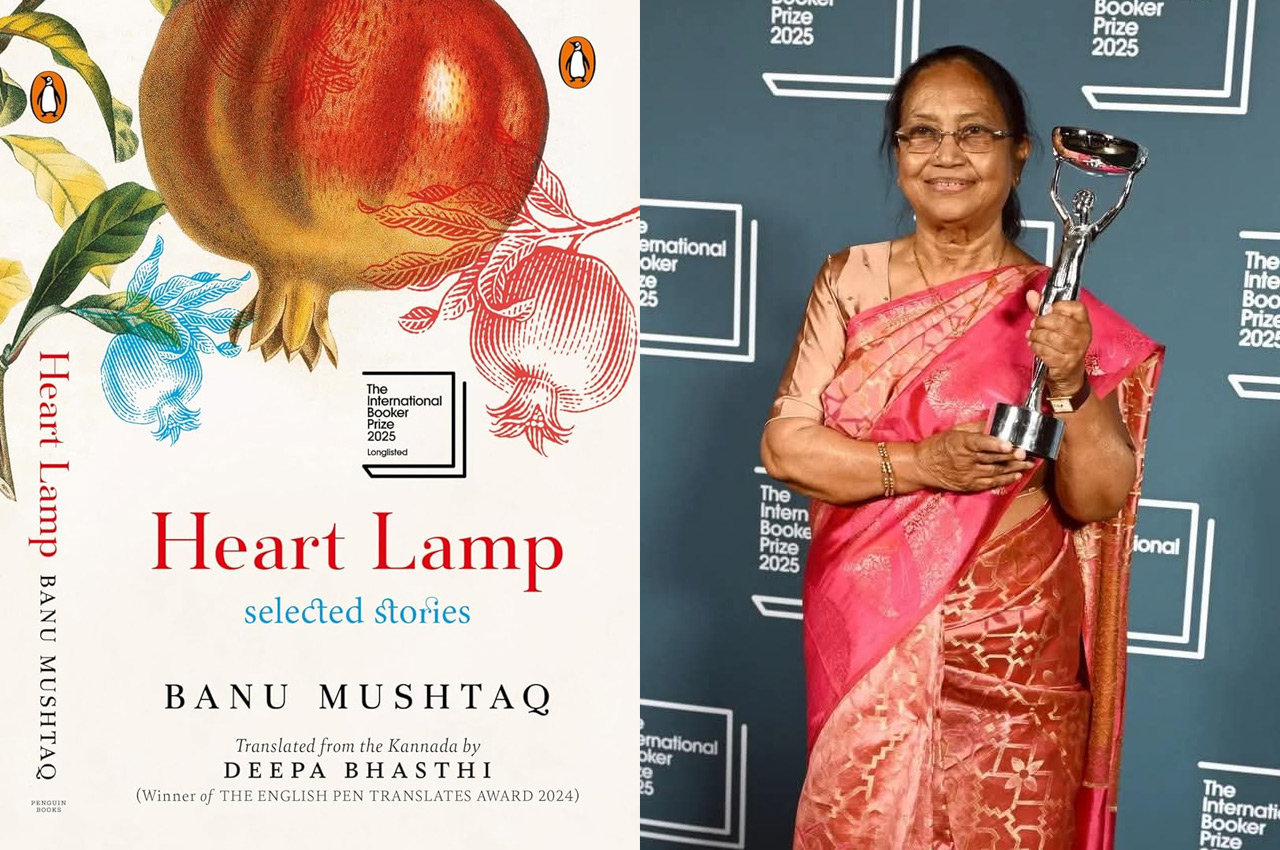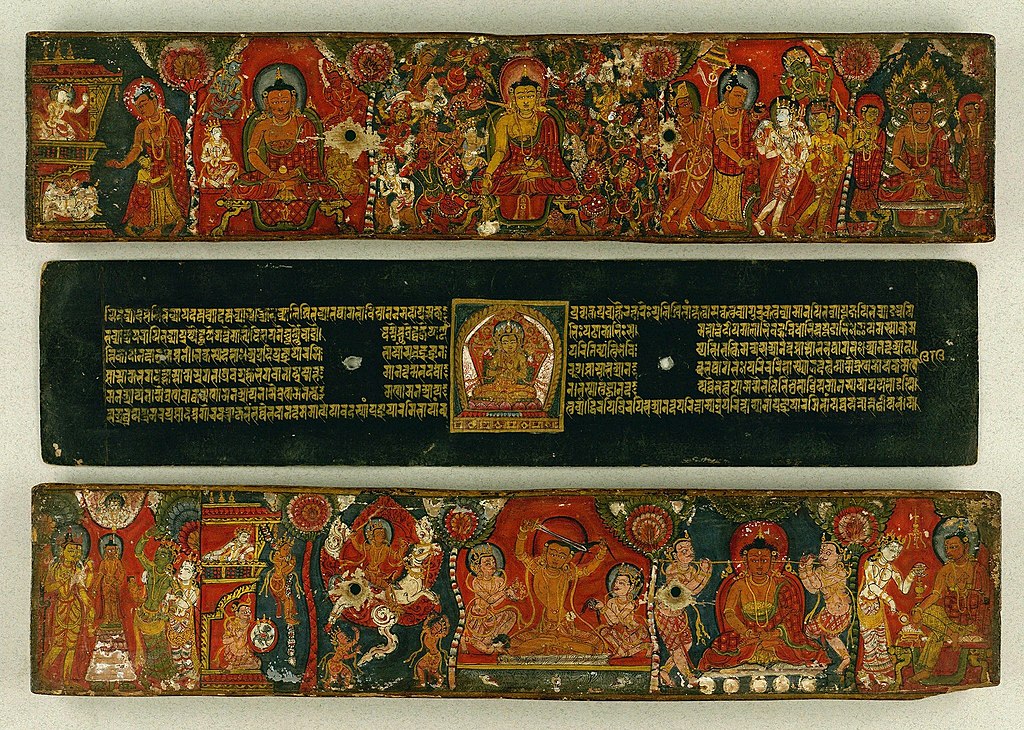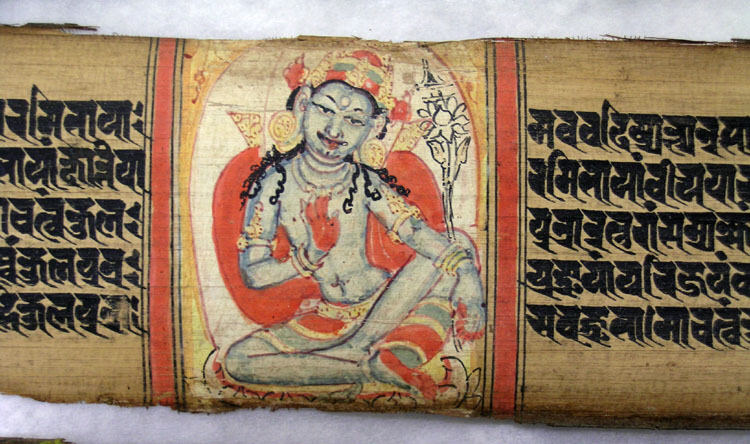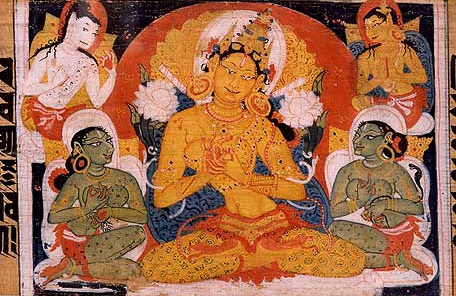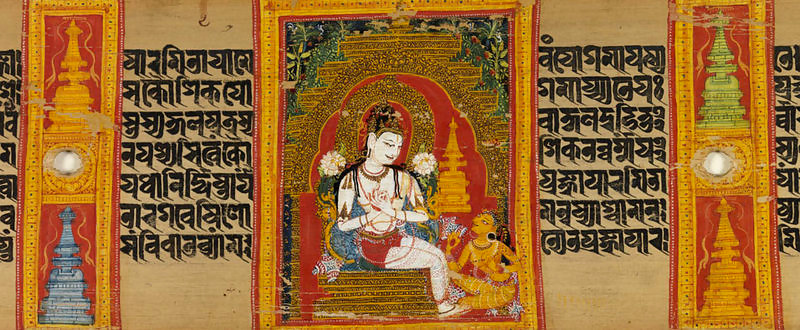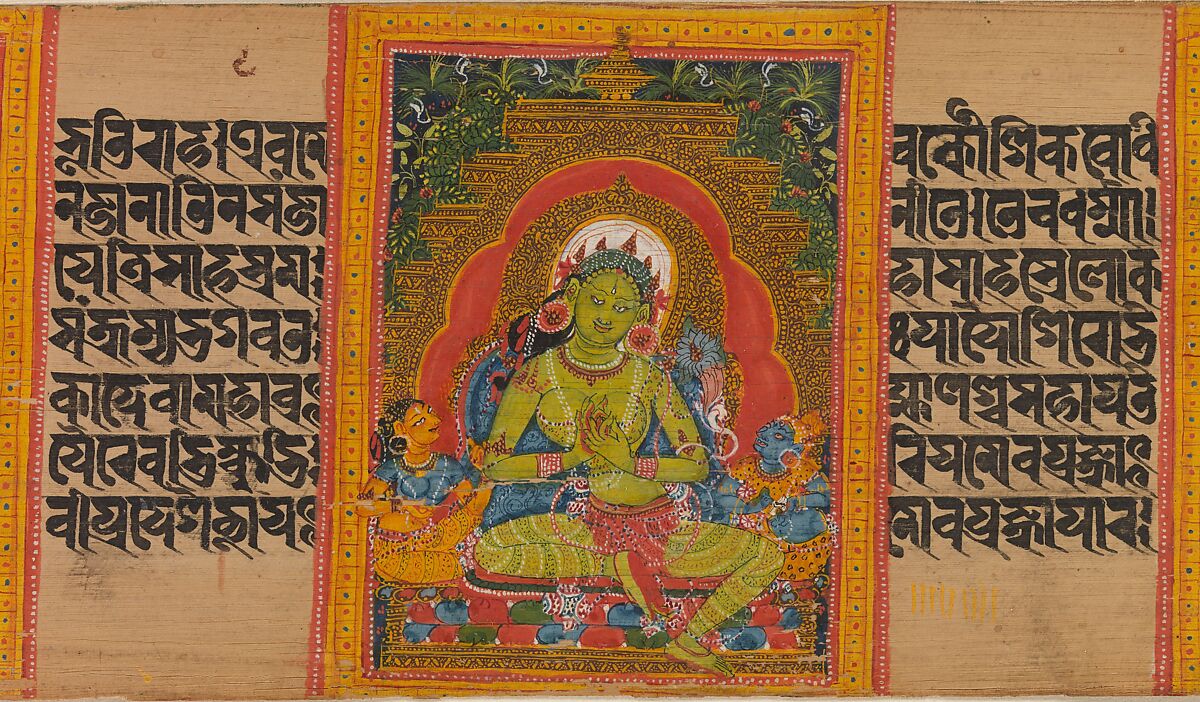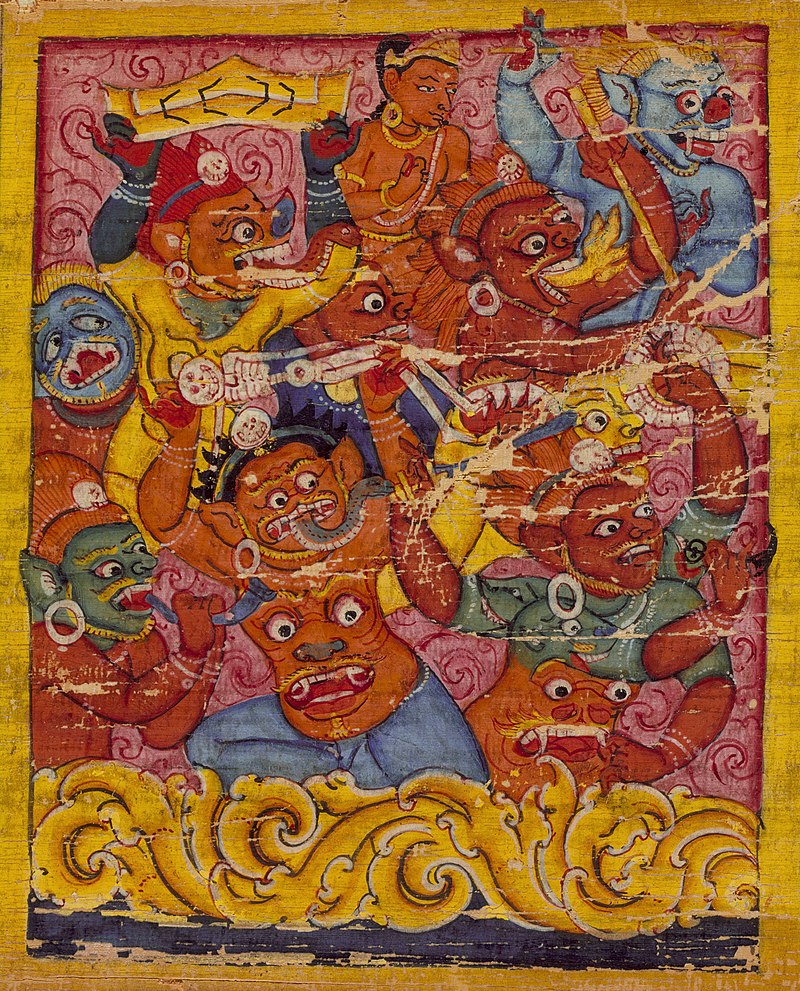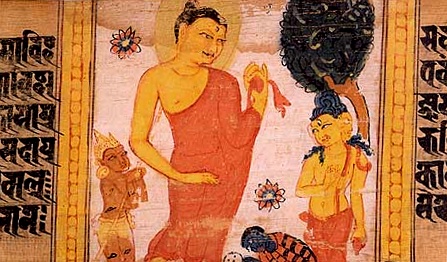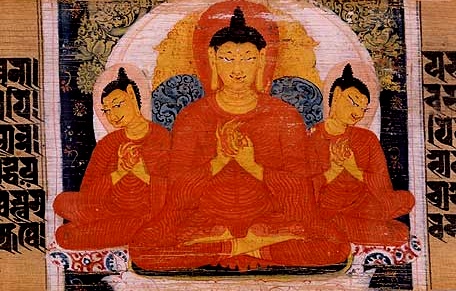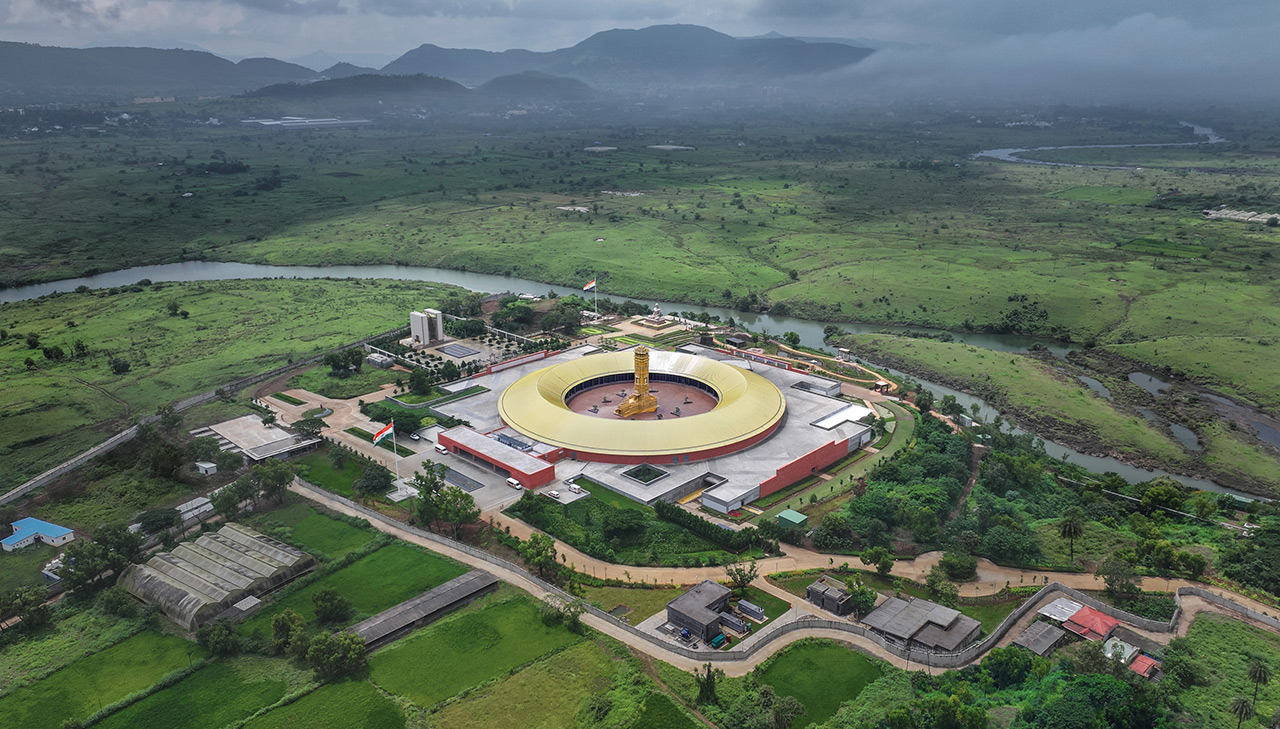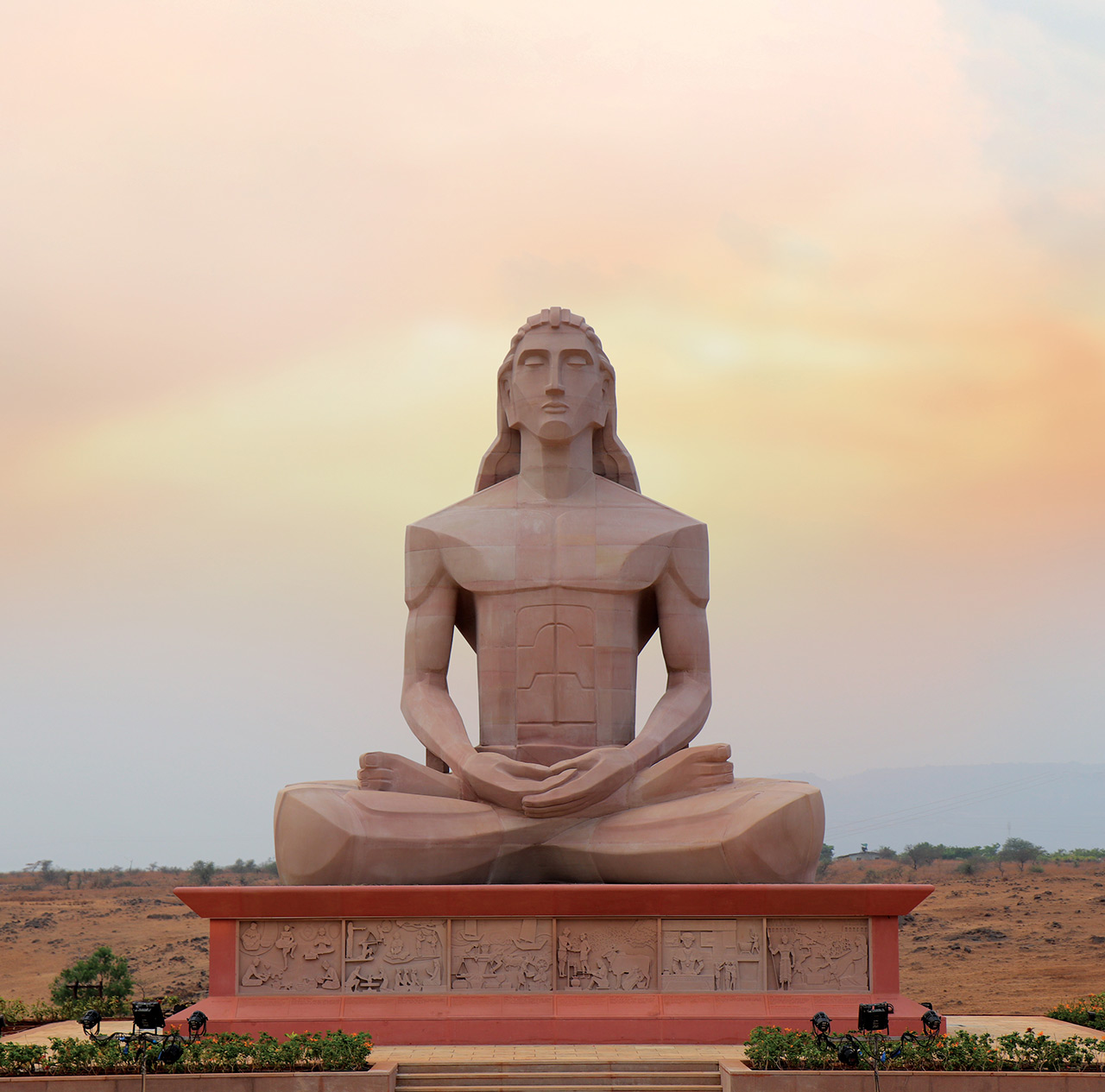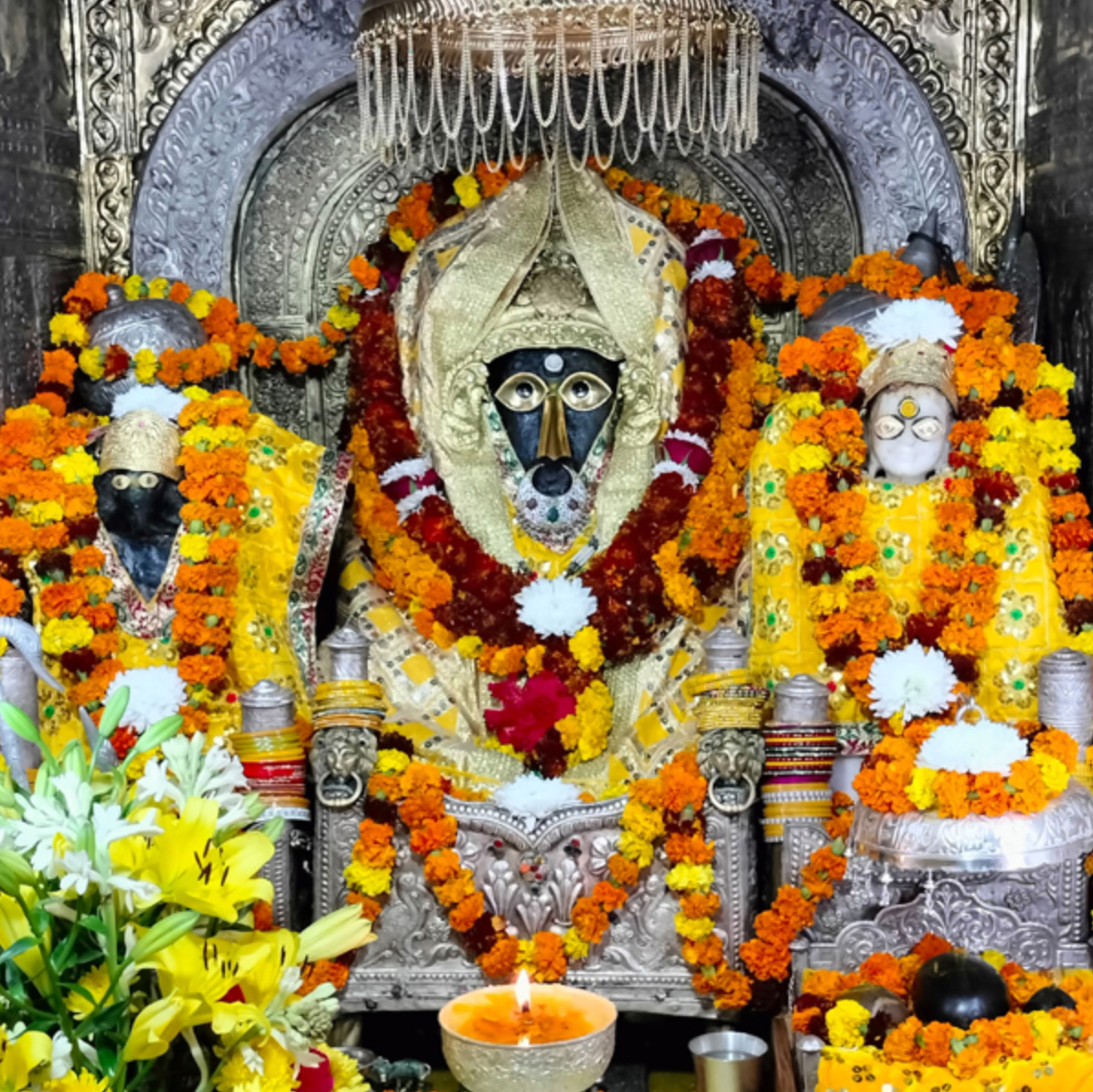
The term Phulkari is a Punjabi term is obtained from two words: ‘Phul’ and ‘Kari’ meaning ‘flower’ and ‘work’ and so the word Phulkari translates into ‘flower work’ or ‘floral work’. The Phulkari embroidery first began in Punjab in the 15th century by the women of Punjab. It is the rural handmade embroidery tradition of Punjab and is also known as the folk embroidery of Punjab. Even though Phulkari means floral work, the designs in this embroidery comprised not only flowers but also included various motifs and geometrical patterns and shapes. The Phulkari embroidery is overall very bright, vibrant and it brings color to people’s lives. The Phulkari embroidery is very popular worldwide. It was made by women and it celebrates womanhood.
Suggested Read – Embroideries of India – Showcasing the Skills of Regional Artisans
Origin of Phulkari

There are several theories about the origin of Phulkari. It was believed that the Phulkari embroidery was prevalent in various parts of the country but it only survived in Punjab. Another theory is that the Phulkari embroidery came from Iran. There it was known as Gulkari, which also means floral work. Nevertheless, it was noted that the Phulkari style of embroidery and the Gulkari style of embroidery is different and distinctive from each other. Some even say that the Jat tribes brought this embroidery to India when they migrated to India and settled in Punjab, Gujarat, and Haryana. On the other hand, the word ‘Phulkari’ has its earliest reference in the 18th century in Punjabi literature.
This is in Waris Shah’s version of Heer Ranjha, a legendary Punjabi tragic romance, where the wedding outfit of Heer, the female protagonist, is discussed and they talk about several items of clothing and outfits with Phulkari embroidery. There is also the reference of Phulkari in the Mahabharata, the Vedas, Guru Granth Sahib, and some Punjabi folk songs. Nonetheless, it is believed that no matter what the origin of this embroidery is, it will always be very different and unique to Punjab.
History and Traditions of Phulkari

In ancient times in Punjab, the birth of a girl child in the family was considered very auspicious and so, as soon as a girl was born in a family, the mothers and grandmothers would start embroidering Phulkaris. This is because they believed that the girl child would be the creator for the forthcoming generations and also because these Phulkaris were to be given away at the time of her marriage. This was a tradition that the parents of the girl child, according to their status, would give a dowry of 11 to 101 Baghs and Phulkaris.
Traditionally, Phulkaris was done using real flowers, and Silk and Mulmul fabrics were used because of their purity and durability. It was also believed that the Phulkari was made according to and depending on the morality, righteousness, qualities, and character of a woman. Earlier, the Phulkaris were embroidered by the women for their own and other family member’s use. They were not for sale and the women in Punjab used to wear these Phulkaris in weddings, festivals, celebrations, and occasions. The Phulkari embroidery was a domestic art for the women to show their creativity and also to bring color into their daily life. This folk art offered complete freedom of creativity. The Phulkari is still a very integral and vital part of Punjabi weddings. There is even a Punjabi folk song that celebrates this folk art,
“Ih phulkari meri maan ne kadhi, iss noo ghut ghut japhiyan paawan” – “My dear mother has embroidered his phulkari; I embrace it again and again with affection”.
The Revival of Phulkari

The Phulkari style of embroidery met with a tragedy and faced some very difficult times. Whereat some point in time, around 52 types of Phulkari existed; there was also a time where this form of embroidery almost disappeared. This happened during the partition of India and Pakistan in 1947. However, it soon launched back up and now almost 70 years later, it is an evergreen style statement. The revival of Phulkari resulted because after the partition in 1947, due to the refugee crisis, the organizations encouraged women to make Phulkaris so that they could earn enough money to survive. Traditionally, Phulkari was embroidered by women using their own hands but now, the Phulkaris are embroidered using machines and modern techniques and materials.
The Making of Phulkari

The Phulkari not only includes flowers but also consists of various motifs and geometrical designs, shapes, and patterns. The Phulkari embroidery is done with the use of a darn stitch on the wrong side of coarse cotton cloth known as ‘khaddar’ with colored silken thread. This is the main characteristic of this type of embroidery.
In earlier times, the phulkari style of embroidery was restricted to only shawls and Odhani. But in today’s time, this embroidery is done on large canvases like sarees and chudidaar kameez. In this Phulkari embroidery, the stitch used is the darning stitch which is the most important stitch used here. Other stitches like the herringbone stitch, buttonhole stitch, and running stitch are also used. These stitches were used to create an unusual motif or to border the khaddar. These designs and motifs are generally stitched and embroidered from the back of the cloth and the narrowest the stitch was, the finest the piece became.
The motifs were thread by thread created in a geometric grid and the motifs in Phulkaris were evenly distributed with fine borders embroidered. The long and short darn stitches were used to create horizontal, vertical, and diagonal thread work. The coarse khaddar fabric was woven in widths and the fabric was stitched lengthwise to make the wanted width. The khaddar cloth was thick and coarse and so, to get the delicate silk floss through and forth was an important task. They were very prone to knots and tangles and because of this; the embroidery had to be done very carefully with focus and dedication. The thread used in this embroidery is called ‘pat’ In Punjabi and this floss silk yarn is glossy and gives the embroidery and the whole work a polish. The only tools that are used in this Phulkari embroidery are an embroidery frame and needles.
As the Phulkari embroidery consists of symmetrical designs, the person doing the embroidery has to count the number of stitches on each side and then proceed with the design. Hence, this whole traditional process of making a Phulkari is very long and tedious and it requires a great amount of effort and time. With time, people have moved on to different techniques and different fabrics like chiffon, georgette, silk, and regular cotton to make their Phulkaris.
The use of colors was a very important part of the Phulkari. Traditionally, only four colors of khaddar fabrics were used and each color had its significance. The white color was used for old women and widows, the red color was used by young girls and brides-to-be and the blue and black colors were for daily use. Other than this, the red color in phulkari embroidery is very common and it represents youth and excitement. The orange color represents energy and the white color symbolizes purity. The green color epitomizes fertility and the blue color symbolizes tranquillity.
Motifs in Phulkari

The motifs that the women used in their embroidery were taken from anything. They were anything from their imagination, their surroundings, their environment, nature, gardens, or just a mother and a daughter talking. Using these motifs, women expressed their emotions ad their creativity. Some common motifs used in the Phulkari embroidery are belan (rolling pin), kakri (cucumber), chandrama (moon), and Satranga (7 colors). Other commonly used motifs in this embroidery were taken from immediate surroundings and environment like animals, flowers, trees, birds, etc.
Types of Phulkari Embroidery

There are many types of Phulkari Embroideries present in India:
- Thirma: unique trait of Thirma is its white khaddar. Usually worn by elder women and widows. It is a symbol of purity.
- Darshan Dwar: this type of Phulkari is made as an offering to thank god. It is made to give to the Gurudwaras after a wish is fulfilled. Darshan Dwar translates to “the gate to see God”.
- Bawan Bagh: Bawan meaning “fifty-two”, this type of Phulkari refers to the 52 different patterns that are made on this phulkari. This phulkari is very rare.
- Vari-da-bagh: this is given as a gift to the bride by her in-laws when she enters her new home. A distinctive feature is that it is always made on orange-reddish khaddar fabric and only a single golden or orange-colored pat is used for embroidery. The chief pattern of this phulkari is a group of three or four small concentric diamonds of growing size.
- Chope: this Phulkari embroidery is made by the bride’s maternal grandmother (naani) when the bride was born. The Holbein stitch is used in the chope phulkari and so, both the sides of the phulkari contain the same design. Chope is used to wrap the bride after her ritual bath on her wedding day. The chope is embroidered with one color and it is monochrome.
- Surajmukhi: the main pattern of this type of Phulkari is a sunflower.
- Panchranga Bagh: Panchranga means ‘five colors’ and so, this type of phulkari is decorated with chevrons of five different colors.
- Satranga Bagh: Satranga means ‘seven colors’ and so, this bagh is embroidered using seven colors.
- Meenakari Bagh: this bagh is usually made with gold and white-colored pat and it is decorated with small multicolored diamonds.
- Sainchi: this type of phulkari depicts and narrates the village life of Punjab. This phulkari was done in very few areas like Firozpur and Bhatinda. The motifs were local animals, birds, farmers, wrestlers, weavers, trains, circuses, etc.
Phulkari in Festivals and Rituals
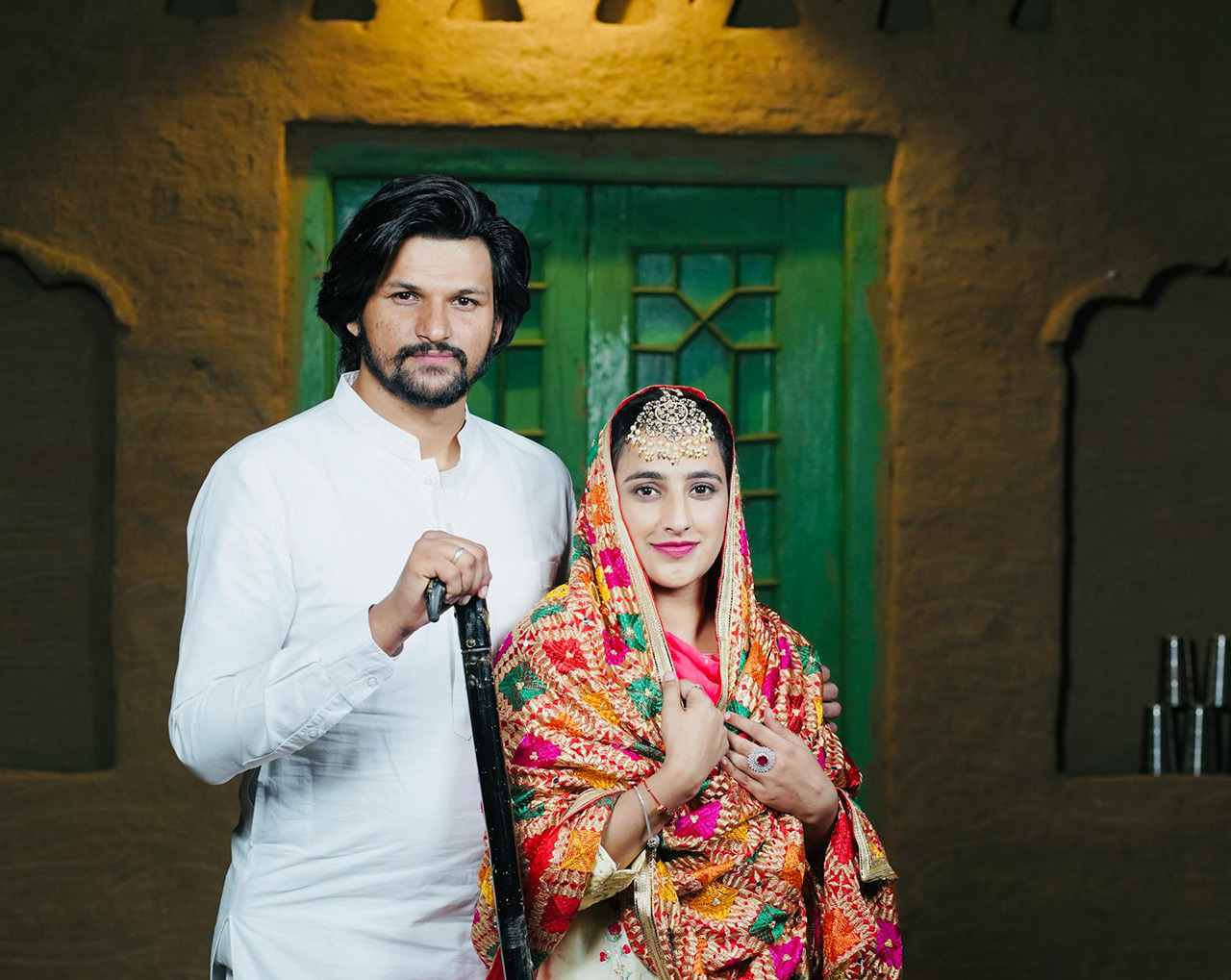
Phulkari occupies a prime position in Punjabi life, religious ceremonies, as well as festivals. Phulkari is encountered in:
- Weddings: In-laws present the bride with Vari-da-bagh Phulkari as wedding gift. Phulkari embodies family love, prosperity, and blessings and thus becomes a family treasure.
- Lohri and Baisakhi: Phulkari dupattas are used by women while they dance the traditional folk dance, Gidda. The vibrancy of Phulkari provides a sense of happiness and fellowship during these festivals.
- Religious Offerings: Darshan Dwar Phulkari is offered in Gurudwaras as an offering of gratitude. It is considered sacred and is used in decorating the holy places.
- Harvest Festivals: Phulkari-clad women participate in community functions during Punjab’s harvest period, showcasing their affluent heritage and skills.
These have helped keep the tradition alive, thus incorporating Phulkari as an integral part of Punjabi culture forever.
Phulkari Today in Fashion
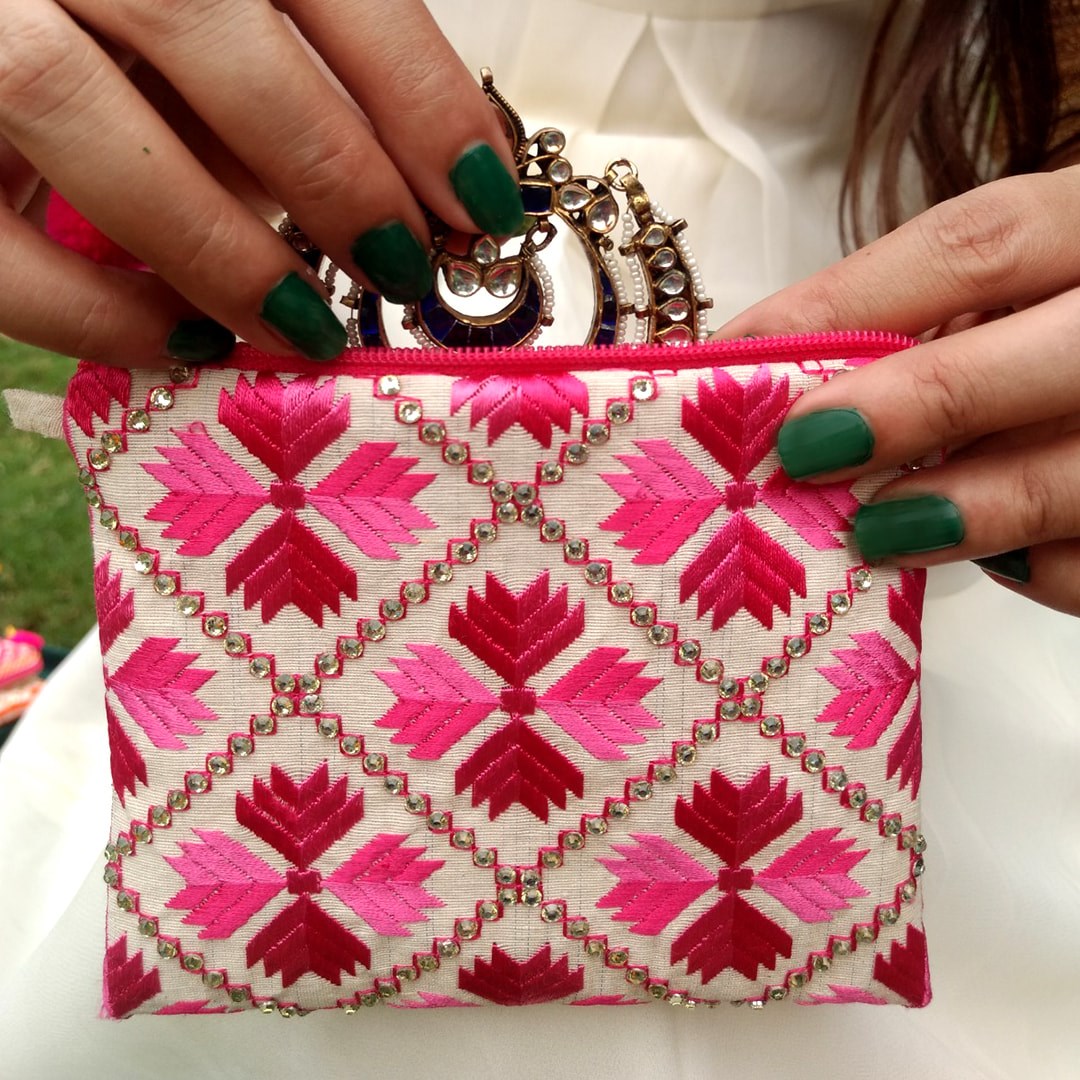
As with changing fashion trends, Phulkari entered the wardrobe in today’s era in various shapes except the form of a shawl or dupatta. Phulkari work has found place in:
- Kurtis, sarees, and lehengas in the spirit of retaining the past but introducing a fusion. Various designers mix pastel hues with modern styles to include Phulkari under any circumstance.
- Jumpsuits, jackets, and tote bags lend a fashion ethnic flair. Phulkari-studded accessories lend a pop of color and drama to any article, which become a rage all over the world.
- Wall hangings, table mats, and cushion covers for home. The intricate embroidery lends warmth and personality to spaces, giving contemporary homes an ethnic touch.
- Footwear and Accessories: Phulkari motifs are being incorporated on juttis, belts, and even ornaments, marrying the old with new trends.
- Bridal and Celebratory Wear: Lehengas and dupattas with Phulkari prints are a brides’ delight, thereby becoming an ornate attraction at weddings.
Celebrity designers like Manish Malhotra and Ritu Kumar have adapted Phulkari to their clothing line, so far taking the old technique of embroidery into a global context.
FAQs about Phulkari Embroidery
-
How does Phulkari differ from Bagh embroidery?
Phulkari has spaced floral and geometrical motifs, while Bagh embroidery covers the entire fabric with no gap at all.
-
How long is it to finish a piece of Phulkari?
It takes from one to six months for a person to complete a handmade Phulkari dupatta depending on how complex the design is.
-
What fabrics do Phulkari embroidery use?
Earlier, khaddar (rough cotton) was traditionally done, but today it is also done on silk, georgette, and chiffon.
-
Can Phulkari be worn for casual occasions?
Yes, modern designs of Phulkari kurtis, dupattas, and jackets make it a great choice for casual and party wear.
-
Where can I find authentic handmade Phulkari?
You can find authentic handmade Phulkari in local markets of Punjab, heritage stores, and online stores promoting traditional artisans.
Few Lines on Phulkari Embroidery
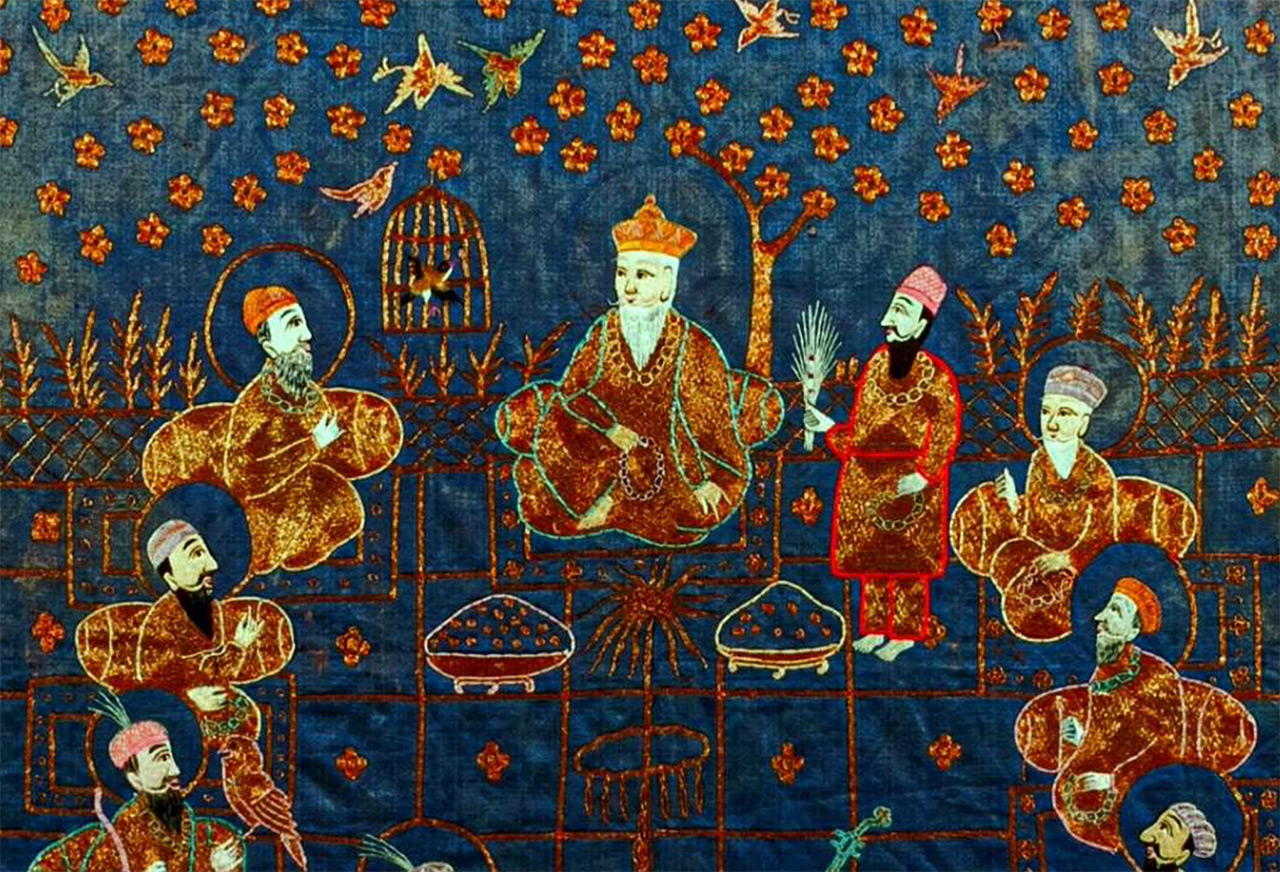
- Phulkari is “flower work” and reflects the colorful culture of Punjab.
- Every stitch in Phulkari is a story of tradition, art, and emotions.
- Folk embroidery was initially a home-based craft, not a business.
- Phulkari is a symbol of womanhood, love, and festivity.
- The red and gold Phulkari is a must-have piece in Punjabi bridal attire.
- Modern designers have turned Phulkari into a fashion statement globally.
- Phulkari’s revival has empowered rural women by creating employment opportunities.
Conclusion
It is crucial to keep traditional handicrafts alive, but it can be done only if a need exists for them. The solution comes in recreating the embroideries in styles that look current and follow classic processes. Today, this vibrant style has been reborn and used not just on shawls or odhnis, but also by leading designers like Manish Malhotra on Kurtis, jackets, sarees and bandhgalas. From a mere domestic art form, it has earned a place on couture collections of international designers! Interest in the realm of Indian Fashion indicates only that brighter days for phulkari embroidery are around the corner.




